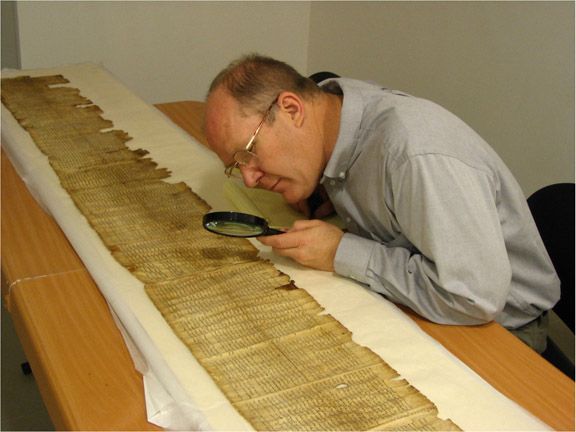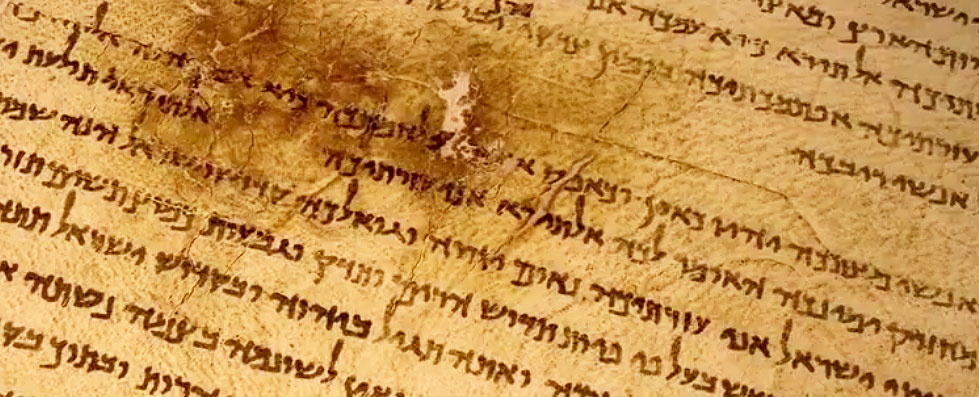The Dead Sea Scrolls
March 23rd 2011
Possibly the coolest archaeological experience you will have in Israel, in the most bizarre architectural structure.
The Dead Sea Scrolls. During you travels in Israel, your group tour must journey to this fantastic exhibit located at the Israel Museum in Jerusalem.
In 1947, a young Bedouin shepherd hit the ultimate Biblical jackpot- 11 caves around the Qumran area in Israel, filled to the brims with two thousand year old scrolls, well preserved due to their packaging and temperature conditions.
We’re talking over 700 different types of manuscripts. The Hebrew Bible contains 170 different books, and EACH book is found among the numerous Dead Sea Scrolls. The ONLY one missing? The Megillat of Esther. That’s a whole lot of impressive, dedicated scribes and learned Jews who labored to make that happen.
 Beyond that, the oldest Isaiah manuscript in existence is among the Dead Sea treasures- written only 600 years after Isaiah prophesized. 1000 years old than any other Biblical text known to mankind. Ay Karumba!
Beyond that, the oldest Isaiah manuscript in existence is among the Dead Sea treasures- written only 600 years after Isaiah prophesized. 1000 years old than any other Biblical text known to mankind. Ay Karumba!
Psalms attributed to King David and prophecies by Ezekiel and Jeremiah that are not found in the Bible are recorded on Dead Sea Scrolls. Plus the “Copper Scroll” details 64 underground hiding places throughout Israel that contain gold and silver (treasures from the Jerusalem Temple, hidden for safekeeping). Time to start hunting!
So where did these scrolls come from? What type of religious community was producing them and storing them?
An interesting trip down Jewish historical lane brings us (many historians hypothesize) to the Essences community, existing from 200 AD to 68 AD, before the Roman conquest. The Essences were a Jewish group, a rebel group if you will, that congregated to a community of seclusion. They focused on self-purification, abstinence, a life of poverty, extreme cleanliness, and good, old fashioned focus on equality. When the Romans approached, the Essences hid all of their manuscripts to be preserved.
Just how fragile are these Dead Sea Scrolls?
A scroll is exhibited for three to six months, and then taken away from its showcase to be placed in a storage room to “rest” from the exposure, until it is ready to be exhibited again. Now that’s sensitive.
Enjoy the sacred texts in a fabulous exhibit that will be sure to be one of the highlights of your vacation in Israel.












